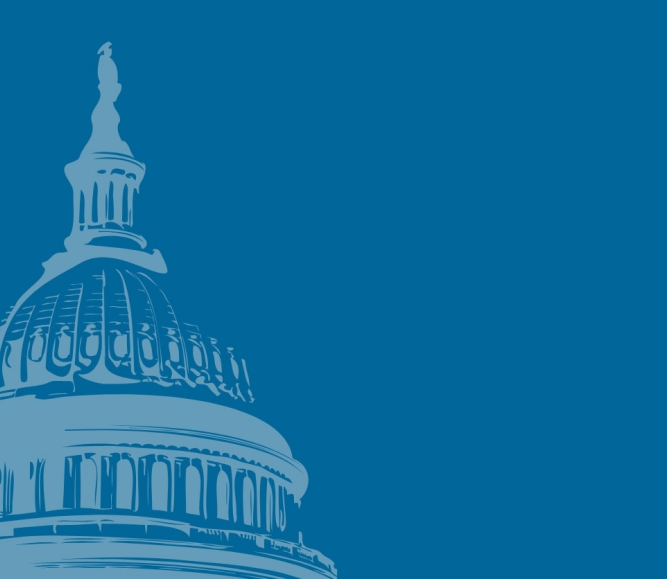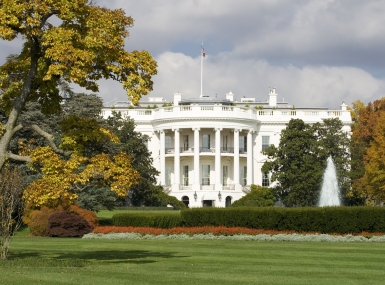Congressional movement on flawed workforce reauthorization legislation
Author
Upcoming Events
Related News

Key Takeaways
On November 25, the U.S. House Education and Workforce and U.S. Senate Health, Education, Labor, and Pensions Committee leadership released their bipartisan, bicameral agreement to reauthorize the Workforce Innovation and Opportunity Act (WIOA) – A Stronger Workforce for America Act (ASWA). Congressional leadership is now working to gain support for the negotiated bill text during the lame duck session.
NACo has been working in a coordinated fashion with other local government stakeholder partners – the National League of Cities (NLC) and the U.S. Conference of Mayors (USCM) – and in collaboration with local workforce board stakeholders, to uplift local concerns. Over the summer, our organizations sent a letter along with specific legislative text recommendations. Last month, a follow-up letter to Senate and House leadership reiterated our reauthorization recommendations. This week, NACo, along with NLC and USCM released a press statement on the challenges the proposed legislation would present to local governments.
What’s in the WIOA reauthorization bill?
The WIOA reauthorization bill does include a handful of positive provisions for counties, such as Bipartisan efforts to reauthorize WIOA strengthening workforce education programs at community colleges that align with in-demand jobs, emphasizing industry partnerships, enhancing workforce data quality standards and emphasizing the need for digital literacy skills, promoting wider skills-based hiring efforts, and codifying a program to help justice-involved individuals transition back to meaningful employment and access skills and career pathways.
However, there are several provisions of concern included in the reauthorization bill that would hamper local flexibility and circumvent the voice of local stakeholders who are best equipped to address the distinct needs of jobseekers and employers within their communities:
- Redesignation of Local Workforce Development Areas: The proposed redesignation of Local Workforce Development Areas, including allowing for single-area designations in well over half of all states, could diminish local accountability and restrain innovation, which are cornerstones of a demand-driven workforce system.
- One-Size-Fits All Mandates: Federal mandates related to training and overly prescriptive work-experience requirements for youth would be counterproductive, harming some of the nation’s most vulnerable and underserved populations that the bill would continue to prioritize.
- Increased Governor's Set-aside for "Critical Industries Fund”: In addition to the existing Governor’s 15 percent Reserve Fund, the bill would allow additional funding to be reserved at the state level for a variety of uses. This has the practical effect of increasing the overall state-level set-aside allowance to 25 percent and would leave even fewer resources for local entities to implement the significant changes envisioned in the bill.
What can counties do?
With Congress set to finish their work for 2024 at the end of next week, NACo is urging county leaders to share how this reauthorization bill will impact your local workforce development strategies and programs with your members of Congress.
Resource
Support Workforce and Local Business Development: the Workforce Innovation and Opportunity Act (WIOA)

Related News

Counties and Railroads: Shared Priorities for the Next Surface Transportation Bill
County leaders from across the country have a vital opportunity to ensure their infrastructure priorities are front and center.

House reintroduces bipartisan legislation to level playing field for rural communities
House reintroduced the Rural Partnership and Prosperity Act, bipartisan legislation intended to advance economic development in rural counties and overcome barriers to obtaining federal funding and resources.

